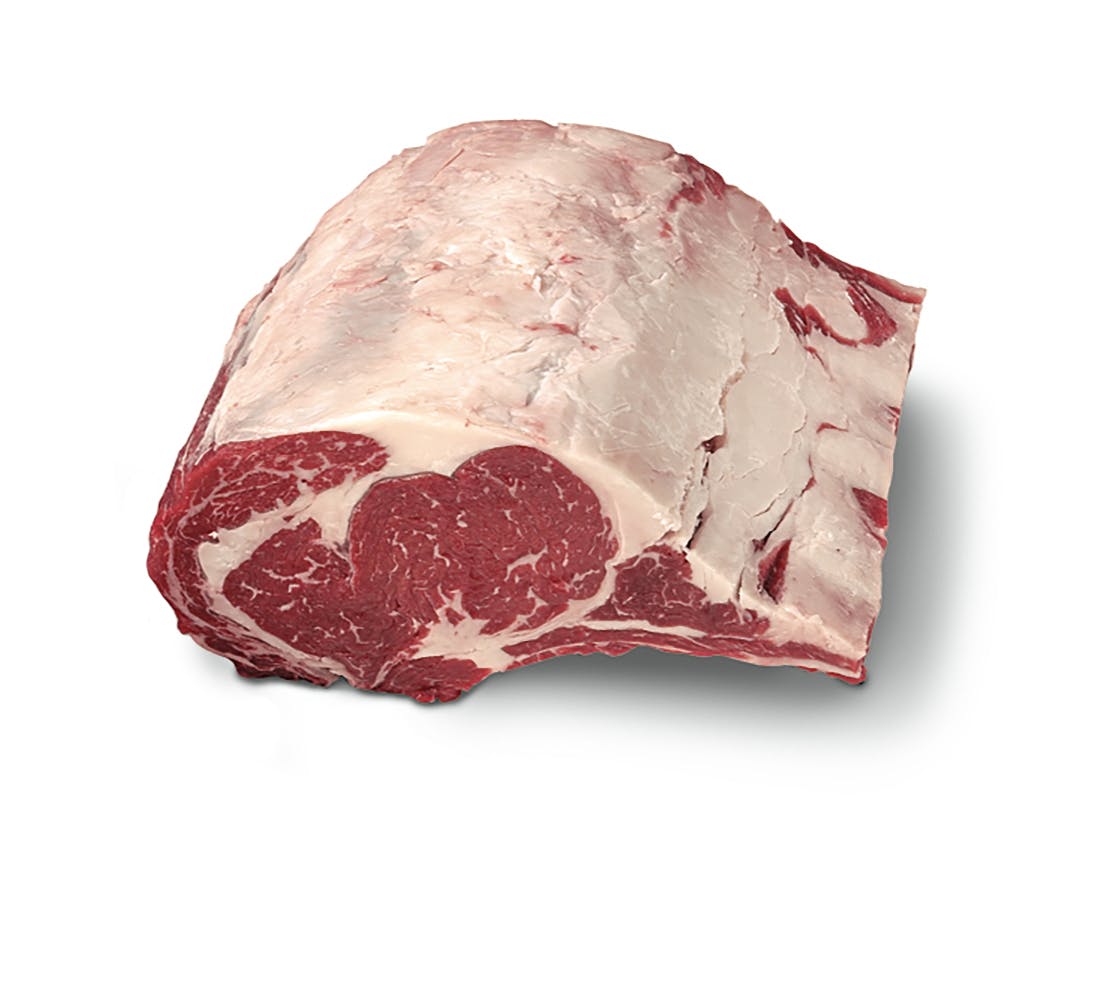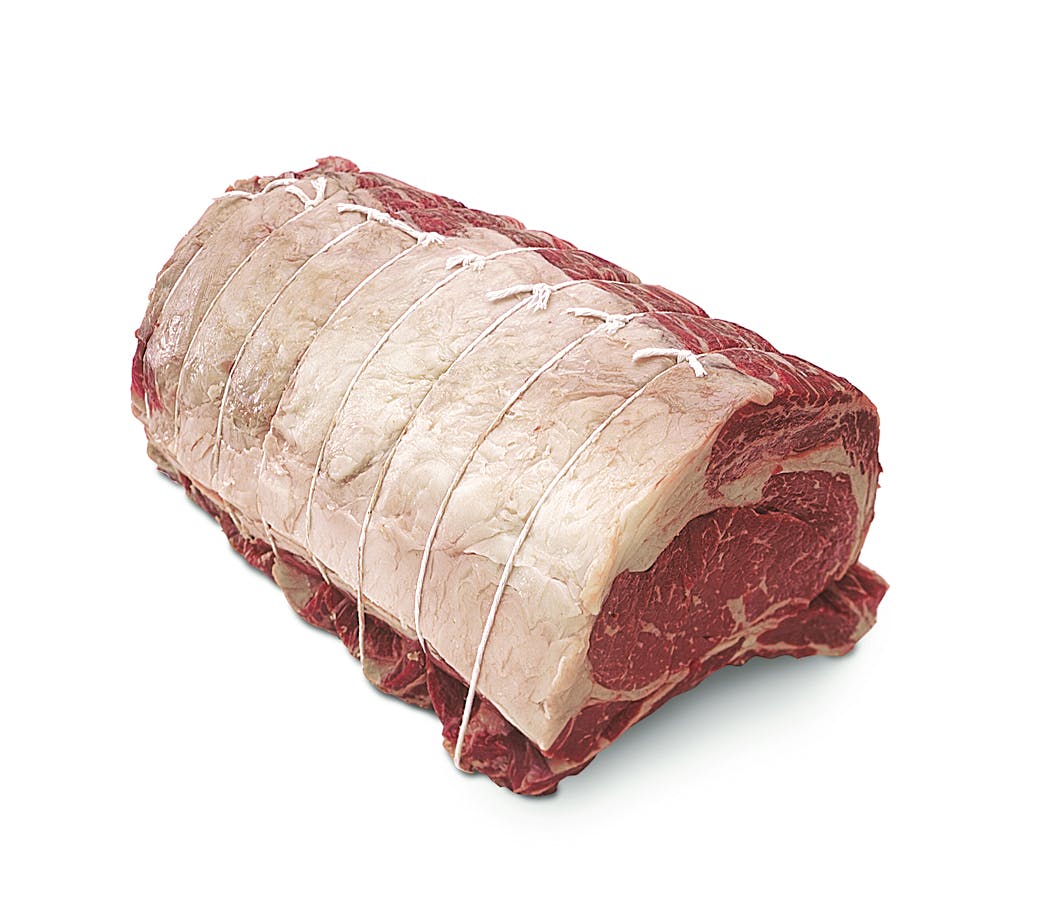Tags:
- beef
Official Weber Website
Strictly speaking, the term “prime rib” is a misnomer that has taken on its own meaning through commonly accepted misuse—many people think it’s synonymous with “rib roast.”
However, the word prime is a quality-grade designation assigned by the USDA. Cuts of beef that make the grade, so to speak, are labeled as USDA Prime beef. And so some roasts legitimately are “USDA Prime rib roast.”
The USDA Prime grade is the highest consumer grade, and only about 2% of all beef produced in the U.S. qualifies as Prime. The USDA assigns quality grades based on the density of marbling (that’s the intramuscular fat) within the beef muscle, specifically, within the rib.
According to USDA standards, Prime grade has “abundant” marbling. Choice and Select grades of beef make up about 70-80% of all beef produced and have marbling density designations of “moderate” and “slight,” respectively.
Therefore, when choosing a roast, the most tender, most flavorful, and juiciest will be the one with the most marbling: Prime grade.
So the bottom line is this: Not all rib roasts are a true prime rib. In fact, in common use, a USDA Choice or Select graded roast are still—mistakenly—referred to as prime rib. Only USDA Prime-graded rib roasts qualify as a true prime rib.
Types of Roasts
Rib roasts come in three variations, each with its own appeal:

The rib bones are still attached to the eye of the roast. Roasting with the bones on adds flavor. This cut is also referred to as a Standing Rib Roast.
.jpg?auto=compress,format) The rib bones are removed. Without the bones, slicing and serving are very easy.
The rib bones are removed. Without the bones, slicing and serving are very easy.

The name of this roast might be confusing, but if you know that a butcher refers to the process of removing the bones from a cut of meat as “boning” or “boning out” the meat, and the resulting cut is then said to have been “boned” or “boned out,” you’ll understand why this roast is called “boned and tied.” This is the best of both worlds: the rib bones are separated from the eye of the roast and then tied back on with butcher’s twine. This gives the benefit of roasting with the bones for maximum flavor and the convenience of slicing a boneless roast. Once removed from the heat, simply snip the butcher’s twine and lift the eye of the roast off the rack of ribs.
Selecting a Roast
When shopping for a roast in your local supermarket, here are a few points to keep in mind to choose the best of what’s available.
Knowing what to look for will ensure that you pick the best available roast. And, when you start out with a great raw rib roast, you can be assured of having a great finished roast for all to share.